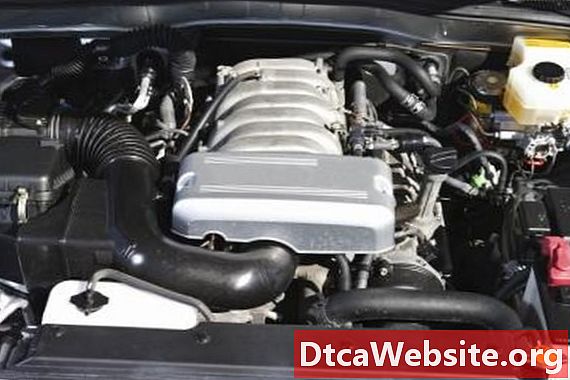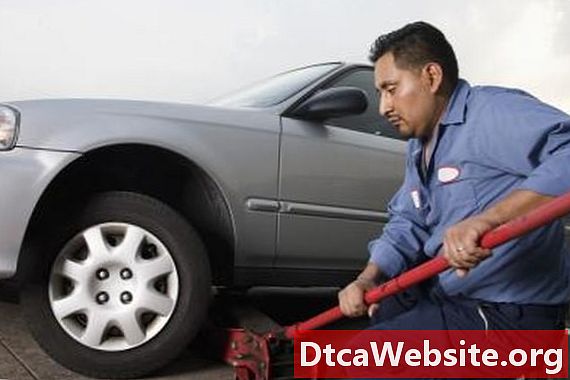
Contenu

Each gasoline fuel-burning vehicle on the road produces fumes from combustion processes within the engine. Car manufacturers have devised an internal vehicle system for retaining the harmful fumes until they are completely combusted, called the Evaporative Emission Control System, or EVAP. A main component within this system is the charcoal canister. This container holds gasoline fumes until the engine can burn them through combustion. However, charcoal canisters can seem to fail, requiring a testing procedure to pinpoint the leak within the EVAP system.
Step 1
Locate the charcoal canister. The canister is a black cylinder, commonly installed in one of the engine compartment corners.
Step 2
Visually inspect the canister. Make sure there are no obvious cracks or openings along its exterior.
Step 3
Attach a handheld vacuum pump to the purge valve residing on the canisters topside.
Step 4
Turn the hand pump on and observe the valve. A properly functioning canister and purge valve assembly will react to the hand pump by opening the valves assembly.
Step 5
Listen and look at the purge valve as the hand pump remains on. The valve should stay open, but no vacuum should leak from the canister in the process. Replace the purge valve and canister configuration if a vacuum leak is detected.
Detach the hand pump from the purge valve. Turn the car on in park and allow it to idle. Observe the engine compartment. Verify that there are no fumes emanating from the canister.
Tip
- A small leak within the EVAP system may be hard to pinpoint, even after confirming the functionality of the charcoal canister. Consult a professional EVAP specialist for tiny leaks. The entire EVAP system may require a full inspection to discover the opening.
Warning
- Use care when working around the car engine. Keep all limbs and clothing items away from electrical wiring and the car battery. Accidental electrocution can occur, causing serious injury or death.
Items you will need
- Handheld vacuum pump


